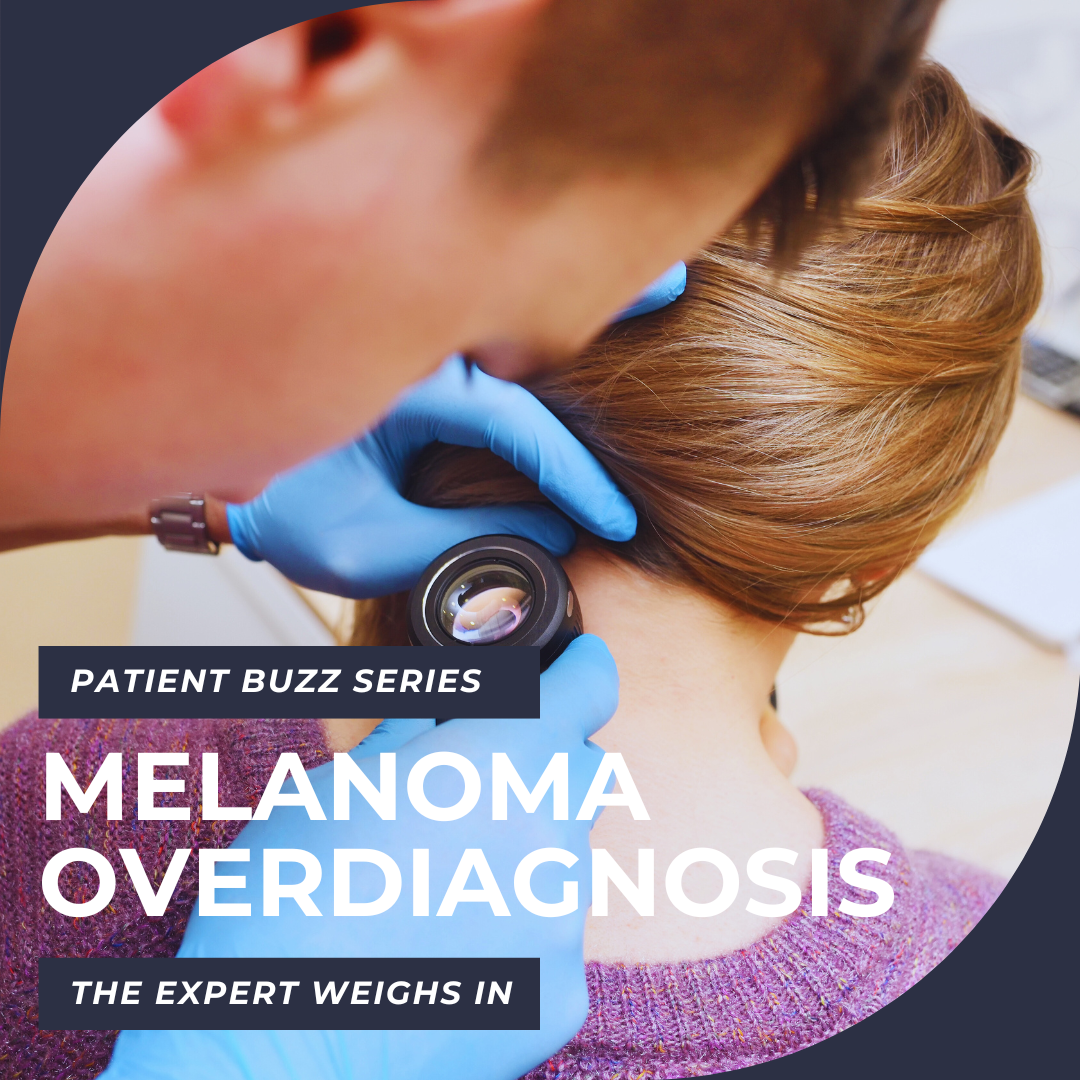Verywell Health and several other media outlets are covering the issue of melanoma overdiagnosis in light of a recent study, which estimated more than 80,000 melanomas were overdiagnosed in white Americans in 2018 alone. Is melanoma overdiagnosis among white Americans a significant issue? What are the driving factors of overdiagnosis? What can dermatologists do better when diagnosing melanoma?
For expert advice, I reached out to Valerie Harvey, MD, MPH, FAAD, a dermatologist in Newport News, Va. Dr. Harvey will speak on melanoma in skin of color at the upcoming Skin of Color Update conference.
Do you agree with the authors’ conclusion that melanoma overdiagnosis among white Americans is significant?
I read with great interest the recent study, “Ecological study estimating melanoma over diagnosis in the USA using the lifetime risk method,” by Dr. Adewole Adamson and colleagues. This study adds to the growing body of evidence of cutaneous melanoma overdiagnosis. Overdiagnosis, as defined, involves the detection and diagnosis of conditions that may not have caused harm or symptoms if left undetected. This epidemiologic analysis by Dr. Adamson and colleagues, utilizing SEER registry data spanning from 1975 to 2018, indicates a notable rise in the lifetime adjusted risk for invasive melanoma in both men and women over the study period. Particularly striking is the substantial increase observed for melanoma in-situ (MIS), which accounts for a majority of the overdiagnosed cases. These findings align with those from earlier international and U.S.-based prospective cohort studies, further strengthening the assertion that MIS serves as a significant driver of melanoma overdiagnosis.
The driving factors for overdiagnosis are multifactorial and encompass various elements, such as heightened public awareness of skin cancer and melanoma, a lower threshold among the public to seek care for changing skin lesions, and among dermatologists, a lower threshold in performing biopsies. Furthermore, improved diagnostics, including advancements in immunohistochemistry and molecular diagnostic testing, have also played a role in increased melanoma diagnosis. So while I agree with the findings of Dr. Adamson and colleagues, more research into the relative contributions of these factors is needed so that targeted interventions for reducing overdiagnosis can be developed.
What are the negative consequences of melanoma overdiagnosis?
Overdiagnosis can have negative impacts on individuals, including complications that arise from unnecessary procedures, increased anxiety related to being diagnosed with cancer, and higher health and life insurance costs. When dermatologists spend time performing unnecessary skin exams on individuals who are at low risk, it limits their ability to provide care to high-risk patients who are in greater need of their services.
How can individual dermatologists do better when diagnosing melanoma? Should dermatologists modify how they communicate to patients who have early-stage melanoma?
As dermatologists, we can begin by focusing total body skin examinations on patients with the highest risk of developing or succumbing to melanoma. In addition, we can leverage various clinical tools, such as digital photography and dermoscopy, to facilitate close and detailed observation of suspicious lesions. This approach can help reduce the necessity for performing excessive biopsies.
How can dermatology as a specialty improve in diagnosing melanoma?
Our major professional dermatologic societies and institutions play a crucial role in disseminating information about melanoma risk to the public, aiding in the understanding of who requires skin cancer screening and who does not. Strategic educational initiatives targeted at primary care providers and medical students regarding melanoma diagnosis could potentially decrease the volume of referrals to dermatologists.
What else should dermatology clinicians know about melanoma overdiagnosis?
As dermatologists, it’s crucial to reflect on our role in contributing to the overdiagnosis of melanoma while also recognizing the difficulties in identifying borderline pigmented lesions. The diagnostic criteria for such lesions are not always straightforward, and managing patient expectations, especially the desire for immediate action, presents its own set of challenges.
Did you enjoy this Patient Buzz expert commentary? You can find more here.

